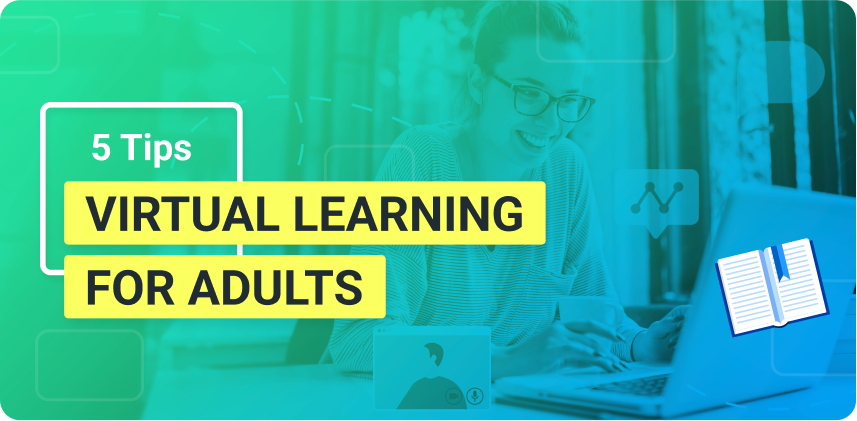Follow these tips to structure online classes that focus on students’ engagement and make your life a lot easier as an online teacher!
The pandemic has changed how a lot of things happen in our world, including schools and classes. Almost all schools across the globe have taken the route of online classes. While they are fun for students because they get to go home and study at the comfort of their couch, it can still be a challenge for them. It’s definitely challenging for teachers, especially considering how to structure online classes. Here are a few tips for structuring your online classes in the best way possible.
Want to have more live video tools for your online classes? Download ManyCam for free today and connect it to any video conferencing app or teaching platform.
How to structure online classes
Discuss the course with your students
Before creating content for the class, it is better if you discuss the course with your students. It will help your students grasp the course better.
You can also get feedback for your content. If there are some errors in the slides or you are speaking too fast in the videos, your students will let you know. Any sound or video quality problems can also be addressed.
Pick an interesting topic
Teach something that you are interested in and well-versed in. If you are not into the topic you are teaching, your students will see through it and mirror your lack of interest. If you have to follow a curriculum, try and find the best way to present “boring” topics. There are always interesting facts or stories you can associate with the topics at hand.
When you are passionate about your topic, you will be able to provide students with more information that is not in the course content. You don’t have to learn all the facts and figures by heart to show interest, simply being interested in the course will help you retain all the relevant information. It will also allow you to use different teaching methods, and conducting class will go by like a breeze. It is also good for gaining experience in the teaching department.
Even if the topic isn’t the most interesting, your virtual class can still be engaging. Start your online class with a hook, a promise, or an exciting related fact right off the bat.
Be organized
Make sure all your information is thoroughly organized. Trying to find files and papers during the teaching will not only disrupt the class, but your students may lose interest. If they witness their teacher not taking an interest in the subject enough to be organized, they will take the class lightly. Have all your lectures in one file and your tutorials in another.
Any content related to the students must be in a different folder altogether. It also helps to prepare before the class starts. Practice what and how you are going to teach the course before going online. It will show your students that you are professional and should be taken seriously.
Student progress
Don’t just teach the class and disappear; you have to make sure your students are progressing. Help those who are struggling out and recognize those who are doing well. Doing so will help other students to do better. Create a post or a presentation highlighting how far your students have come. Tell your students what they found challenging at the beginning of the course is like second nature to them now. It is an excellent form of encouragement.
Be reasonable when it comes to your expectations
Understand that online classes were never the norm. While some students might do well, others could struggle. Don’t expect them to be experts and get straight As. Commend those who are doing well and ask others to reach out to you for after-hours classes to help them progress. Be empathetic to their struggles. It will create a trusting bond between you and the students.
Always encourage communication in your class. If there are a few shy students, talk to them politely and ask their peers to help them out.
Keep students engaged
Perhaps the most difficult part of structuring online classes is coming up with content that will keep the students engaged at all times. You don’t want your students falling asleep mid-way. Otherwise, they will fail. Incorporate games or ice-breaking activities in the beginning and during the class. Perhaps add other resources to your online classes. Share personal stories relevant to the topic you are teaching and ask your students to do the same.
If you go online, teach what you are supposed to, and then go offline, your students will not retain anything because they will not be interested. When you make sure students are engaged in your class, they will feel like a part of something that will motivate them to do well.
Structure online classes – Takeaway
With open communication and engagement, your online classes will help your students learn more than ever. Make sure you consider these tips when you structure online classes and adapt your teaching strategies specific to your students.
We hope these tips will help you structure online classes with ease. If you want to add more video sources to your online classes, download ManyCam for free today!







